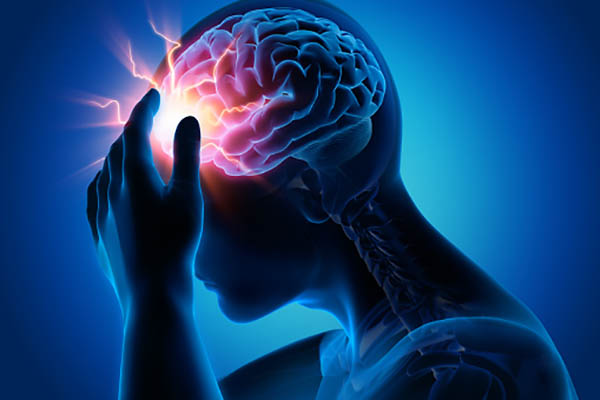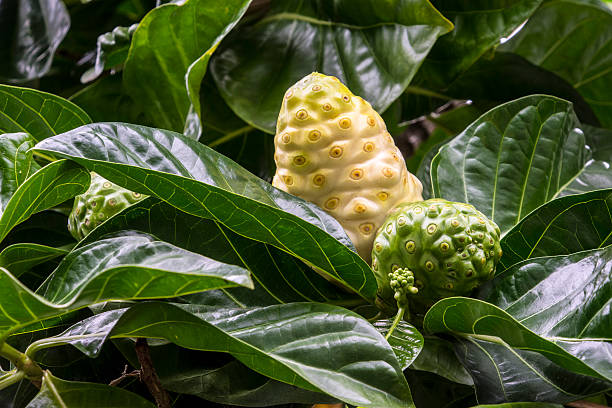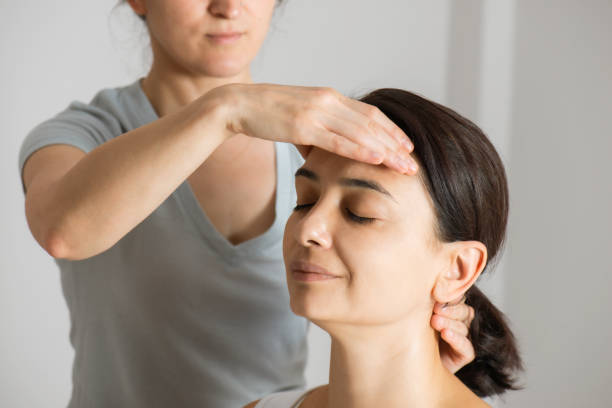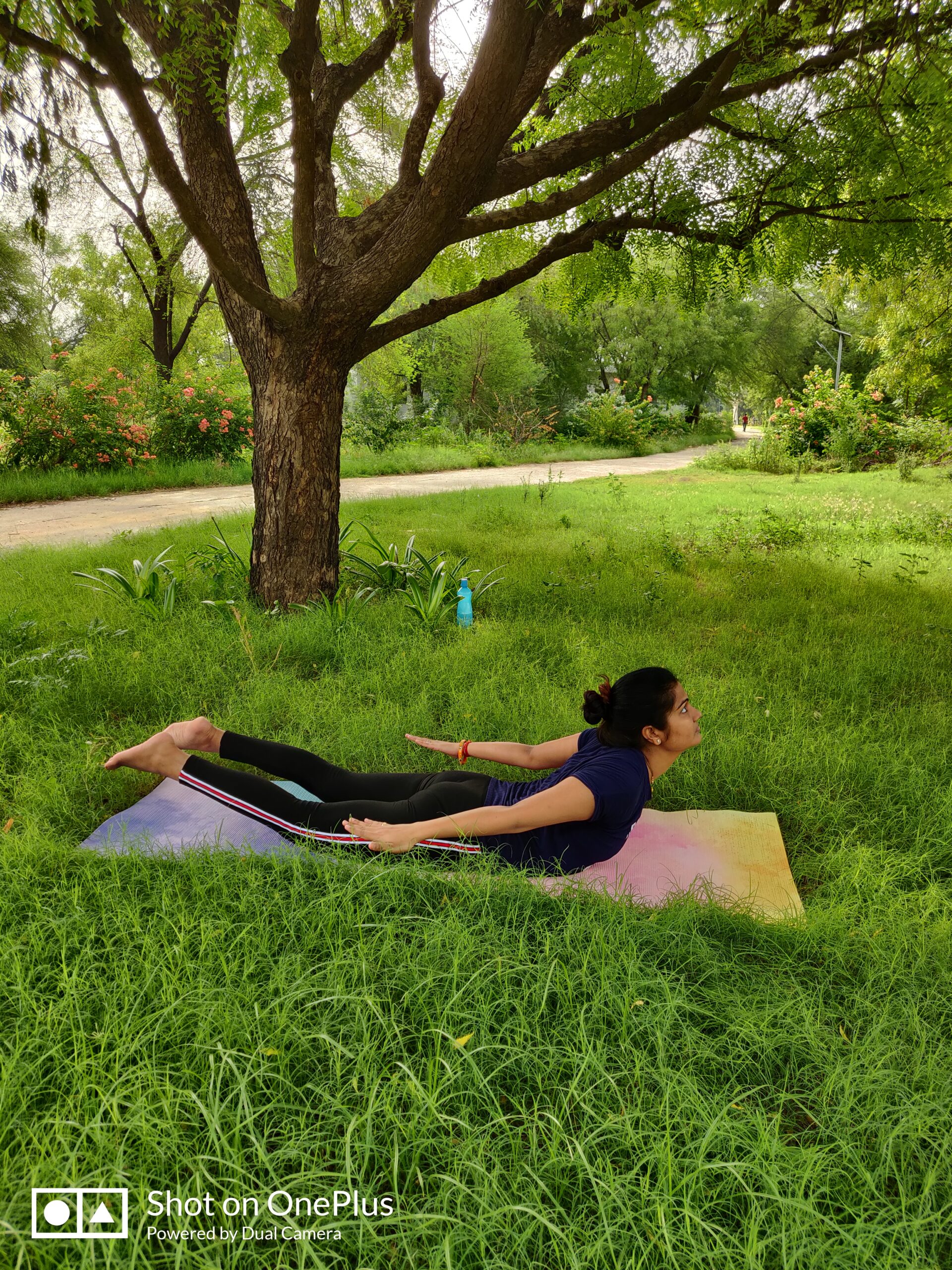Introduction: Migraine, a debilitating neurological disorder, affects millions worldwide, disrupting daily life and causing excruciating pain. While conventional treatments exist, many individuals seek alternative options like naturopathic management to alleviate migraines. Naturopathy offers a holistic approach that focuses on addressing the root causes and promoting overall wellness. In this article, we delve into the various naturopathic strategies and techniques for relieving migraines and improving quality of life.
Causes of Migraines: Migraines are complex neurological conditions influenced by various factors, including genetics and environmental triggers. Understanding these causes can lead to better management and prevention strategies:

- Genetic Predisposition: Family history plays a significant role; individuals with a family history of migraines are more likely to experience them.
- Neurochemical Imbalances: Fluctuations in brain chemicals, such as serotonin, can contribute to migraine onset.
- Triggers: Certain foods (e.g., aged cheeses, caffeine, chocolate), hormonal changes (e.g., menstruation), stress, lack of sleep, and sensory stimuli (e.g., bright lights, loud noises) can trigger migraines.
- Vascular Changes: Abnormal changes in blood vessels, including dilation and constriction, may be involved in migraine episodes.
- Cortical Spreading Depression: A wave of neuronal activity followed by suppression can cause visual disturbances (aura) and trigger migraines.
Common Symptoms of Migraines: Migraines encompass a range of symptoms that often progress through distinct phases:
- Prodrome Phase: Early warning signs can include mood changes, food cravings, and increased yawning, signaling an impending migraine.
- Aura Phase: Some individuals experience visual disturbances (zigzag lines, blind spots) or sensory changes (tingling, numbness) before the headache phase.
- Headache Phase: Intense, throbbing head pain, often on one side of the head, can be accompanied by nausea, vomiting, and sensitivity to light and sound.
- Postdrome Phase: Following the headache, individuals may feel drained, confused, and experience mood changes, lasting for hours or days.

Complex Symptoms That Vary: Migraines are highly individualized, and symptoms can differ from person to person and from one episode to another. Additional symptoms include:
- Pain Intensity: Ranging from moderate to severe, pain can hinder daily activities.
- Pulsating Sensation: Throbbing or pulsating pain often characterizes migraines.
- Unilateral Pain: Pain may affect one side of the head, but it can switch sides in different episodes.
- Visual Disturbances: Auras can cause temporary visual changes, affecting perception.
- Sensitivity: Bright lights, loud noises, and certain odors can worsen symptoms.
- Nausea and Vomiting: Gastrointestinal symptoms often accompany migraines.
- Fatigue: Migraine attacks can leave individuals feeling exhausted and drained.
- Aura Variability: Auras may manifest as visual, sensory, or speech disturbances.
Naturopathy: A Holistic Pathway to Migraine Relief:
- Core Principles of Naturopathic Medicine
- Balancing the Body’s Vital Forces for Optimal Health
- Personalized Treatment Plans in Naturopathy

Dietary Modifications:
- Identifying Trigger Foods and Allergens
- Incorporating Anti-Inflammatory Foods
- Hydration and Electrolyte Balance
- Role of Magnesium and Vitamin B2
Herbal Remedies and Supplements:
- Feverfew: Reducing Frequency and Intensity of Migraines
- Butterbur: Anti-Inflammatory and Vasodilatory Properties
- Coenzyme Q10: Cellular Energy Support
- Riboflavin (Vitamin B2): Mitochondrial Function Enhancement

Lifestyle Changes:
- Sleep Hygiene and Regular Sleep Patterns
- Stress Management and Relaxation Techniques
- Mindfulness Meditation for Stress Reduction
- Yoga and Tai Chi for Mind-Body Integration
Acupuncture and Traditional Chinese Medicine:
- Balancing Qi Flow to Alleviate Migraine Symptoms
- Acupressure Points for Immediate Relief
- Herbal Formulas for Migraine Prevention
Hydrotherapy:
- Contrast Hydrotherapy for Vasodilation and Vasoconstriction
- Hydrotherapy Techniques for Relaxation and Pain Reduction
Mind-Body Approaches:
- Biofeedback and Neurofeedback for Migraine Control
- Cognitive Behavioral Therapy for Managing Migraine Triggers
- Guided Imagery and Visualization for Pain Relief
Physical Manipulation Therapies:
- Chiropractic Adjustments to Improve Nerve Function
- Craniosacral Therapy to Release Tension in the Skull
- Myofascial Release for Muscle Tension Reduction

Case Studies:
- Real-Life Examples of Individuals Benefiting from Naturopathic Migraine Relief
- Diverse Approaches Tailored to Different Cases
- Emphasis on Individualized Treatment Plans
Consulting a Naturopathic Practitioner:
- Importance of Professional Guidance and Assessment
- Comprehensive Health Evaluation and Migraine Triggers Identification
- Crafting Personalized Treatment Plans
Integrative Approach with Conventional Care:
- Collaborating with Medical Professionals
- Coordinating Naturopathic Techniques with Medical Treatments
- Monitoring Progress and Making Adjustments
Preventing Future Migraines:
- Long-Term Strategies for Migraine Prevention
- Building Resilience to Migraine Triggers
- Sustainable Self-Care Practices for Holistic Well-Being
Yogic Philosophy and Migraine Management:
- Integrating Mind, Body, and Spirit in Yogic Practice
- The Role of Prana (Life Force) in Healing
- Cultivating Mindfulness to Address Migraine Triggers

Yogasanas for Migraine Relief:
- Sukhasana (Easy Pose): Encourages relaxation and grounding, reducing stress.
- Balasana (Child’s Pose): Relieves tension in the neck and shoulders.
- Setu Bandhasana (Bridge Pose): Promotes blood flow to the brain, alleviating headaches.
- Viparita Karani (Legs-Up-The-Wall Pose): Calms the nervous system and improves circulation.
- Shishuasana (Puppy Pose): Relieves stress and tension in the upper body.
- Ardha Pincha Mayurasana (Dolphin Pose): Reduces tension in the neck and shoulders.
- Shavasana (Corpse Pose): Induces relaxation and aids in stress reduction.
Pranayama and Breath Awareness:
- Nadi Shodhana Pranayama (Alternate Nostril Breathing): Balances the nervous system and calms the mind.
- Sheetali Pranayama (Cooling Breath): Reduces body heat and soothes the nervous system.
Meditation and Mindfulness:
- Anapanasati Meditation: Focuses on the breath, calming the mind and reducing stress.
- Trataka (Candle Gazing): Enhances concentration and relieves mental strain.
Stress Reduction Techniques:
- Yoga Nidra: Deep relaxation technique to alleviate stress and promote healing.
- Guided Imagery: Visualization techniques to create positive mental states.
Yoga and Lifestyle Changes:
- Dinacharya (Daily Routine): Establishing consistent sleep and eating patterns.
- Ahara (Diet): Consuming nourishing, sattvic foods to maintain balance.
- Vihara (Lifestyle): Incorporating regular physical activity and mindfulness practices.

Mind-Body Connection and Migraine Prevention:
- Yoga enhances self-awareness, allowing early recognition of triggers.
- Improved stress management helps prevent stress-related migraines.
- Strengthening neck and shoulder muscles reduces tension-related migraines.
Seeking Professional Guidance:
- Consulting a Certified Yoga Instructor for Proper Alignment and Techniques
- Individualizing Practices Based on Migraine Patterns and Needs
Complementary Approach with Medical Care:
- Integrating Yogic Practices with Conventional Medical Treatments
- Collaborating with Healthcare Professionals for Holistic Healing

Understanding Migraines:
- Definition and Impact of Migraine Attacks
- Triggers and Factors Contributing to Migraine Episodes
- Distinct Phases of a Migraine Attack
- Recognizing Stress as a Common Trigger
- Identifying Dietary and Lifestyle Factors
Conclusion: Naturopathy provides a comprehensive and holistic route to migraine relief, emphasizing root cause identification and overall wellnessMigraines are complex and multifaceted conditions influenced by genetic, neurochemical, and environmental factors.Yogic management for migraines offers a holistic approach to relief, combining physical postures, breath control, meditation, and mindfulness.




